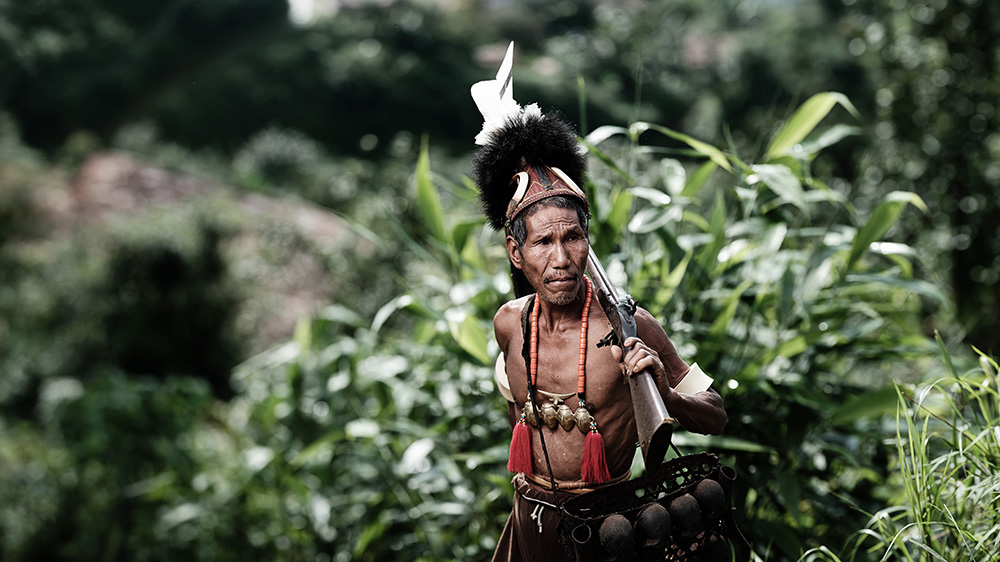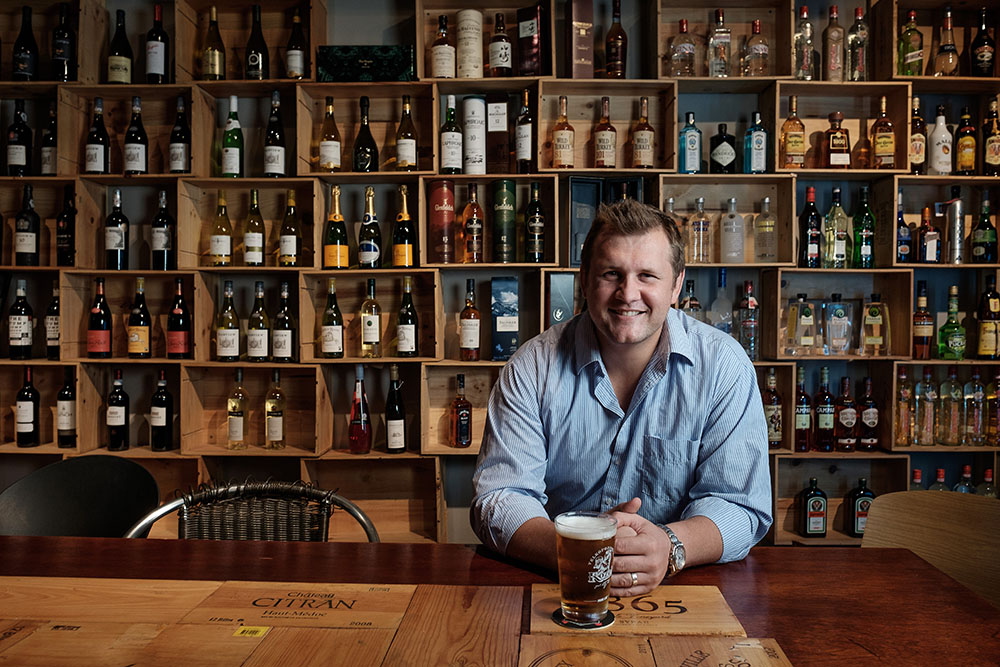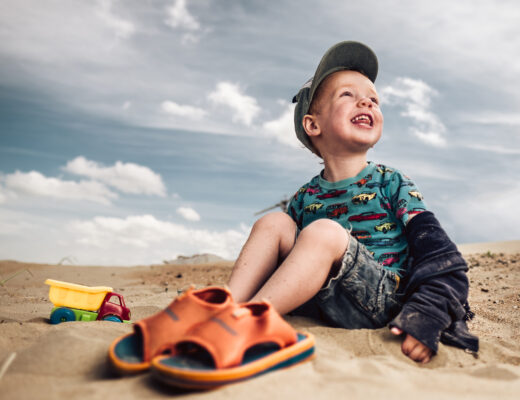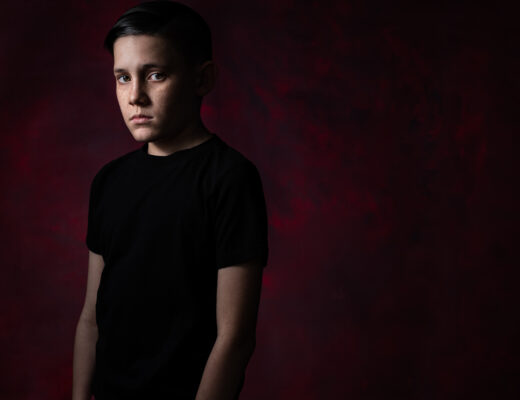One of the complaints that I hear all the time when I’m teaching the use of flash is that photographers find their images with flash to have a “flashy” quality to them. What they mean, of course, is that the flash they used doesn’t blend seamlessly with their image, draws attention to itself, or is overbearing. In this article, we’re going to look at an approach to flash photography that will make your images look less “flashed,”, even when using flash.
The three images below all demonstrate one basic concept. That is purpose-driven flash photography. Each one of them takes the ambient light and uses a flash to improve on it. There is no technical information here because it really isn’t important. The technical information can really only get you so far. It’s just like knowing what your ISO setting is. It doesn’t really help.
Bringing Control to Your Light
In this first portrait, I used the flash to maintain a legible exposure throughout the whole frame. My goal was to show this man in his environment. However, when I checked the natural light, I found that more was falling on the background than was on him. This resulted in a decision that needed to be made. I would need to slightly over expose the background or slightly underexpose him. Either way, the light falling on the man was very flat. It lacked the contrast I like to see in my images.
This photograph was made on a Fujifilm GFX. As such, there was plenty of latitude in the raw files for me to bring the man’s face out and sculpt it by dodging and burning. However, quite frankly, that isn’t something I do. I much prefer to get things the way I want them in camera and not have to spend hours in front of a computer if I don’t need to. So, I dropped in a flash to illuminate the subject. This allows me to keep the background exposed how I want it and also expose the hunter correctly. Here the role of the flash is two-fold. Firstly, it allows me to create the exposure I want without post-production. Secondly, it allows me to give some shape to the light on the hunter.
Adding Some Sparkle
This image was part of a series I started about the old jobs of Yangon city. This is the famous typist who spends his time on Pansodan Street typing handwriten documents for authors, lawyers, and anyone else who needs a typed copy of their work. As the sun rises early and fills the wider streets with bright light by mid morning, we had met with him at 6:45am to make this portrait. The soft light that filled the street was beautiful but, as we were between buildings, it was all coming from above. This left this man’s eyes without the sparkle that would bring them to life: a catchlight. So, the flash would simply play this role.
In this case, I underexposed the ambient light by around 2/3 stop and added flash over that. This separated the man from the background slightly and gave me the sparkle in his eyes that I was looking for. The flash doesn’t serve any purpose other than this. This certainly a more subtle use, but an equally important one.
Improving the Existing Light
For this image, I was commissioned by a local magazine to make a quick portrait of a bar owner here in Seoul. We had a few minutes together before he had to catch his flight, and I wanted to get a portrait of him in front of his take-out wall. The trouble with most indoor spaces is the trouble with this one. There are a few lights in the ceiling that illuminate the room in a patchy fashion. Although this might be fine for the customers enjoying a beer in the space, it really doesn’t work for a nice portrait of the bar owner to go to print. The shadows and highlights would be too dark and too bright to print. However, most importantly, we wouldn’t be able to see into his eyes because the down lights would cause shadows under his eyebrows. The eyes are important for the viewer to connect.
I set my exposure for the ambient light so nothing would blow out. I wanted to keep the hint of the down lights, but not allow them to control my exposure. Once I had them set at the right exposure, I brought in my flash to illuminate the, now very dark, owner. Having the light closer to him than the background allowed me to keep him brighter, and thus more important, than everything else in the scene. Without the bright highlights and deep shadows of the ceiling lights, this reproduced very well in the magazine and subsequent newspapers.
In Conclusion
Here we have three very simple ways to use a single flash to improve the light we have available for photography. With these basic techniques, we can make small improvements to our images that will help them to stand out and help us to make images in light we may not have used before. This is a great starting point that I hope you can all find useful in making more natural looking flash images.






















